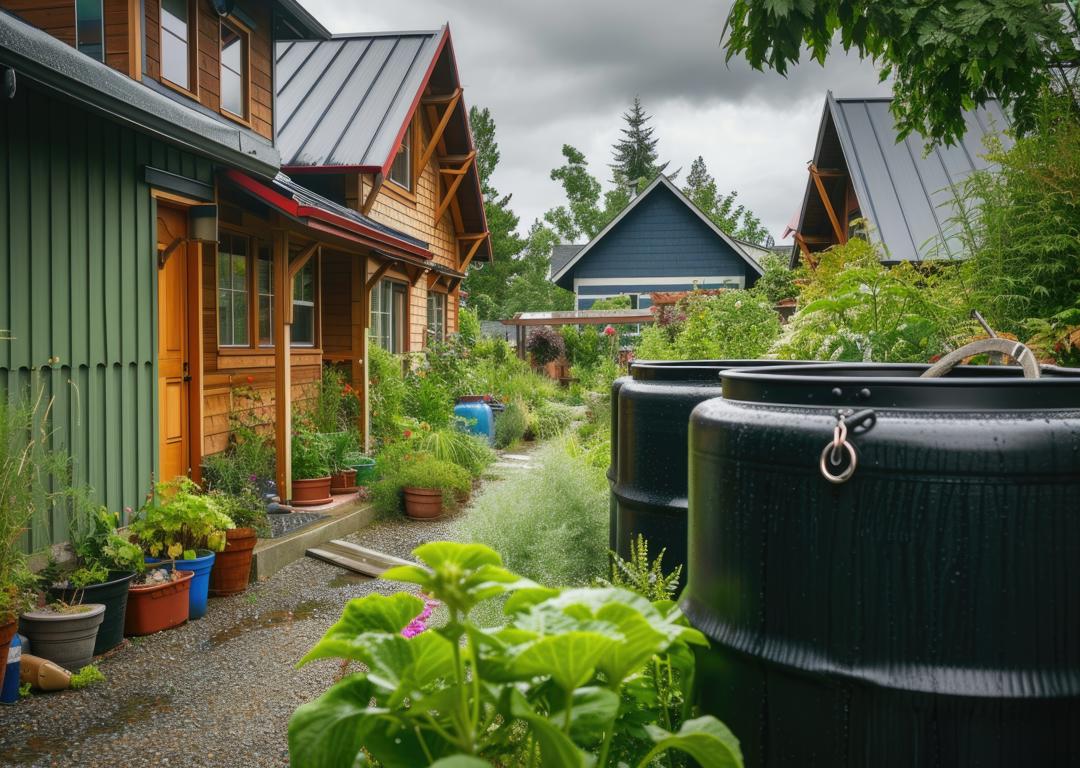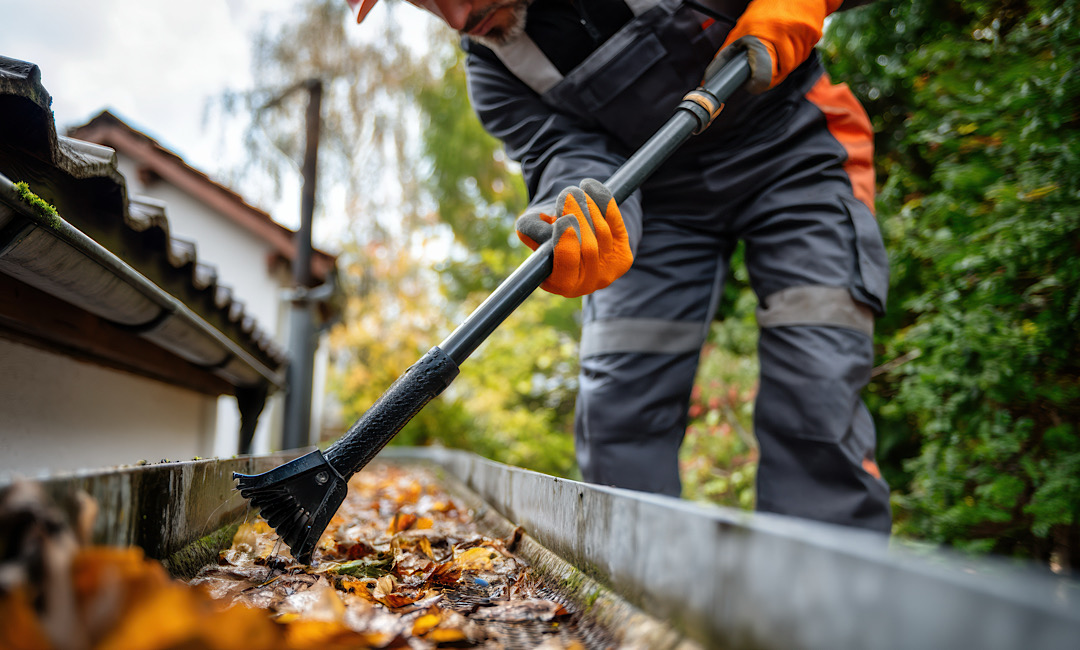Water conservation is becoming increasingly important, especially in regions that experience droughts or fluctuating water supply. One of the easiest and most effective ways homeowners can contribute to sustainability is by implementing a rainwater collection system. By using gutters to direct rainwater into storage tanks or barrels, homeowners can reduce water waste, lower utility bills, and create a reliable backup water source.
If you’re interested in rainwater harvesting, this guide will walk you through how gutters play a crucial role in rain collection, the best gutter systems for harvesting, and how to get started with an eco-friendly setup.
Why Collect Rainwater?
Rainwater harvesting is the process of capturing and storing rainwater for later use. Instead of letting runoff go to waste, collected rainwater can be used for:
- Irrigating gardens and landscaping
- Flushing toilets and washing clothes
- Washing cars and outdoor surfaces
- Providing emergency water storage
Benefits of Rainwater Collection
- Reduces water bills by supplementing municipal water usage
- Prevents soil erosion by controlling runoff from heavy rains
- Decreases demand on public water supplies during droughts
- Improves plant health with chemical-free, naturally soft rainwater
With the right gutter system in place, harvesting rainwater is an accessible and effective way to practice water conservation.
How Gutters Play a Key Role in Rainwater Collection
Gutters are the first point of contact in a rainwater harvesting system. They channel water from the roof into downspouts, which then direct it into storage tanks, rain barrels, or underground cisterns. Without gutters, most of this valuable resource would be lost as runoff.
What to Consider When Choosing Gutters for Rain Collection
- Larger gutters (six inches or more) can handle greater water volume during heavy rains
- Wide downspouts prevent clogs and allow efficient water flow into storage systems
- Seamless gutters reduce leaks and prevent debris buildup that could contaminate collected water
- Gutter guards or mesh screens help keep dirt, leaves, and insects out of your rainwater supply
Best Gutter Systems for Rainwater Harvesting
Not all gutters are equally suited for rain collection. The right system will ensure clean water flow, minimal maintenance, and long-lasting performance.
- Aluminum gutters are lightweight, rust-resistant, and ideal for rain harvesting
- Galvanized steel gutters are strong and durable but require regular maintenance to prevent rust
- Copper gutters are naturally antimicrobial and long-lasting but are a more expensive option
- Perforated metal gutter guards can prevent debris from entering the system while maintaining water flow
Steps to Set Up a Rainwater Collection System
Setting up a rain harvesting system requires careful planning to maximize efficiency and water quality. Follow these steps to get started:
- Inspect your gutters – Ensure they are clean, in good condition, and made of non-toxic materials to prevent water contamination
- Install a filtration system – Use gutter guards, first-flush diverters, or mesh screens to filter debris before storage
- Choose a collection tank – Depending on your needs, you can use a simple rain barrel or a larger underground cistern
- Position downspouts properly – Make sure they direct water efficiently into your storage system
- Maintain your system regularly – Clean gutters, filters, and storage tanks to prevent blockages and contamination
Is Rainwater Collection Worth It?
For homeowners looking to save water and reduce environmental impact, rainwater harvesting is a practical and rewarding investment. Whether you use it for gardening, household chores, or emergency backup, the benefits far outweigh the costs.
Rainwater Collection is Ideal If:
- You want to cut down on water bills by using natural rainfall
- You live in an area with seasonal droughts or water restrictions
- You’re interested in sustainable home upgrades
You Might Skip It If:
- You don’t have the space or proper setup for a storage system
- Your local climate has infrequent or unpredictable rainfall
- You’re not ready for the initial installation investment
Eco-Friendly Gutter Installation for Rainwater Harvesting
If you’re considering installing or upgrading your gutters for rainwater collection, choosing the right system and having it professionally installed ensures efficiency and durability. At S & H Seamless Gutters, we specialize in seamless, eco-friendly gutter systems that make rainwater harvesting easy and effective.
Contact us today for a free consultation and find out how our high-quality gutters can help you start collecting rainwater at home!



